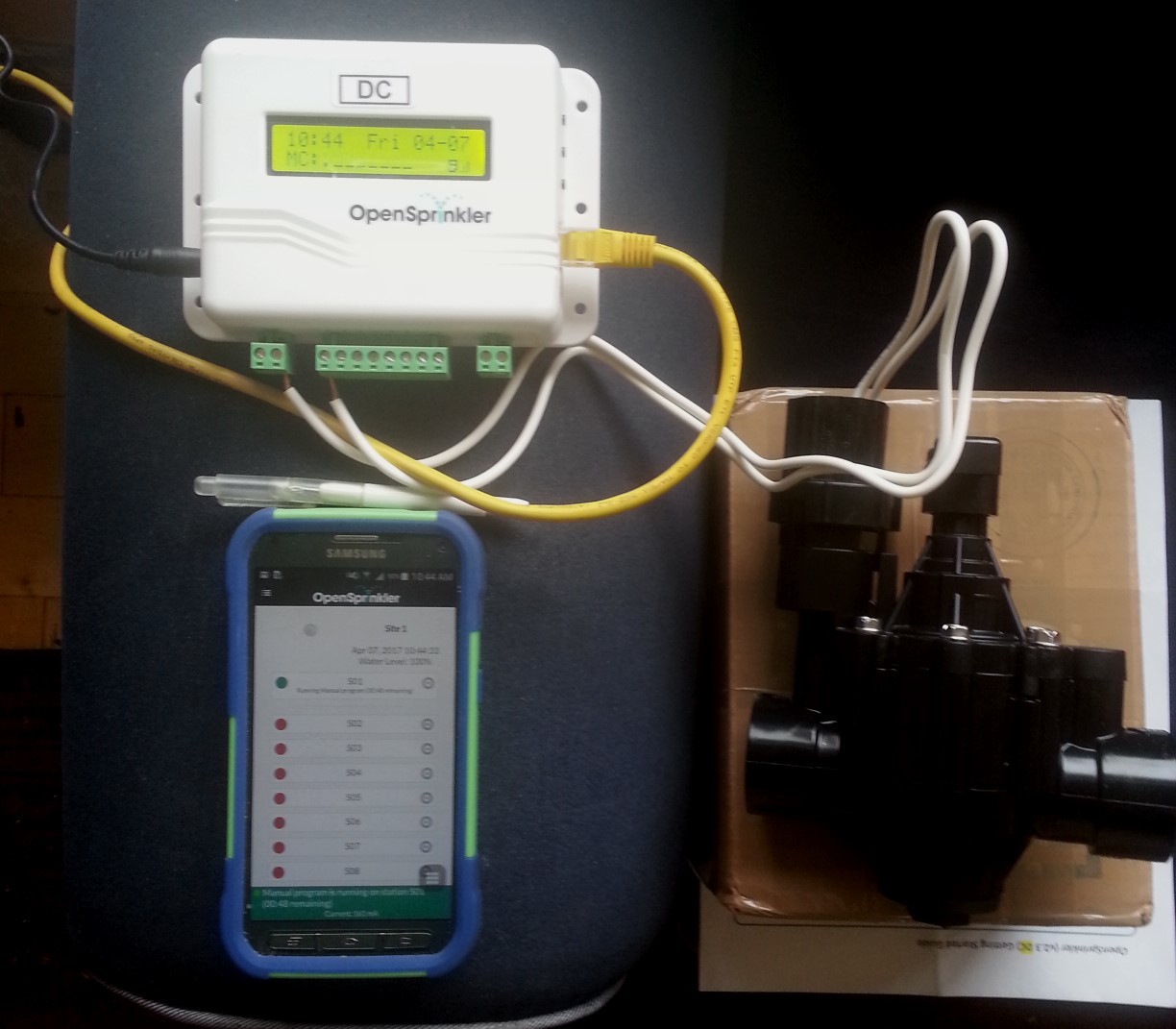Irrigation Part 1: Getting Started
Thanks in part to a grant from our local chapter of NFU Ontario and Slow Food PEC, we're moving ahead with a new and exciting project this year: an automated irrigation system.
I love finding ways to use modest applications of relatively inexpensive technology to solve big problems on the farm. It satisfies my need to tinker, improves the farm, and demonstrates that appropriate technology can help keep small farms viable without adopting industrial-style practices. This new project does all of the above and that's why I'm so excited about it.
The basic plan is to install some permanent water lines in trenches to each of the fields and the two greenhouses. We'll bury sprinkler wiring along with these main lines and hook it up to electronic valves at various points around the farm. This will allow us to schedule on and off times from a central controller. We're going to be able to irrigate a lot more reliably and regularly with this setup, and the automation should save quite a lot of labour and save water by using it efficiently.
We've just finished gathering all of the main components for this project, which (as usual) was a bigger job than it might first seem.
Here's the truck loaded down with many hundreds of feet of poly tubing.
A bunch of sprinkler wire and valve boxes.
A box of electronic valves (we went with Rainbird PGA valves which seem to fit our use case without breaking the bank).
And most exciting, here's a bench test (well, couch test) of the controller, hooked up to one of the valves. The controller (OpenSprinkler) is an open source, network connected sprinkler controller. Here I've got it hooked up to our network and plugged into one of the valves (on the right). I haven't set up any programs yet, but on the bottom left you can see I've used my phone (connected over wifi) to manually turn the switch on. I'm really looking forward to using this feature. Having remote access to the controller on my phone will let me walk around in the field and monitor, reprogram or override the system if I need.
The network connection also lets the controller make weather adjustments (i.e. to run longer if it's hot, less if the humidity is high, and not at all if it's raining), which I got set up fairly easily by following these articles about Weather Underground integration from the OpenSprinkler knowledge base.
Not pictured here: the hours and hours I spent tearing my hair out trying to figure out all of the right plumbing fittings to get everything working. Since I'm planning to hook everything up to drip irrigation, the installation will look slightly different than a conventional sprinkler system that you might see on a golf course. As a result it took some figuring to get everything sorted out. I'll post details of the solution I came up with in a subsequent post, once the parts are actually being assembled.
Stay tuned for many more updates on this project as we move on to installation and testing!



